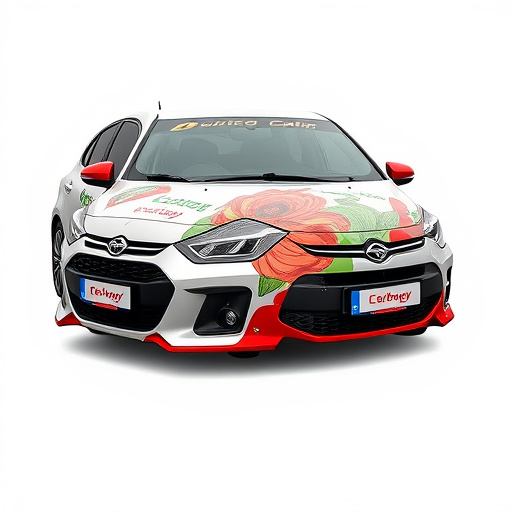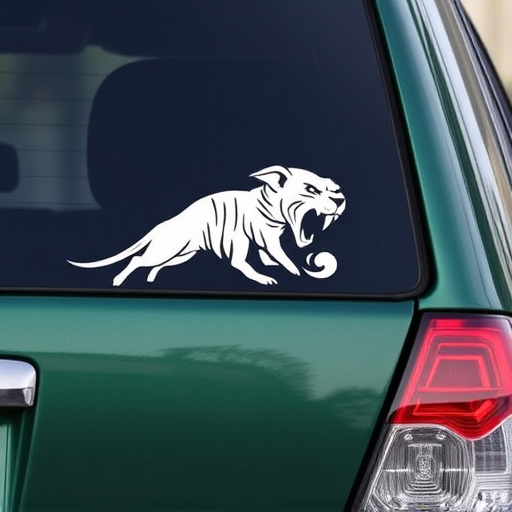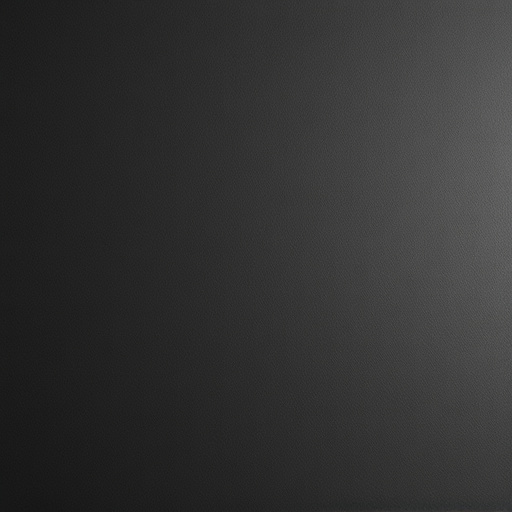Brand identity design involves more than just logos; it's about creating a unique, visually appealing, and legally protected asset. Protecting your brand through trademarks, copyrights, and patents is crucial for long-term success. Professional installations like window tinting, vinyl wraps, and Paint Protection Film (PPF) enhance visibility and protection. Registering your trademark and seeking legal advice are vital steps to safeguard your brand identity design from infringement and maintain control over its usage, ensuring its unique value and marketability.
Protecting your brand identity design is crucial for maintaining a competitive edge and ensuring your unique visual representation. This article guides you through the essential steps to safeguard your creative work legally, offering insights into understanding brand identity design rights and the legal protections available. By following the outlined strategies, you can effectively secure your brand’s visual assets, steer clear of common branding law pitfalls, and foster a robust, legally safeguarded brand identity.
- Understanding Brand Identity Design and Legal Protections
- Steps to Secure Legal Protection for Your Brand Identity
- Common Pitfalls and How to Avoid Them in Branding Law
Understanding Brand Identity Design and Legal Protections

Brand identity design is much more than just a logo or catchy tagline; it encompasses the entire visual and emotional representation of your brand, including typography, colour palettes, imagery, and overall aesthetic. This unique blend of elements distinguishes your brand from competitors and builds immediate recognition. However, crafting a compelling brand identity is only the first step; protecting it legally is crucial for long-term success.
Legal protections are essential to safeguard your brand identity design against unauthorized use or imitation. Trademarks, copyrights, and patents provide different levels of protection, depending on the specific elements of your design. For instance, trademarks protect words, phrases, symbols, or designs that identify and distinguish goods or services in the marketplace, such as a company name or logo. Copyrights, on the other hand, shield original artistic works, including graphic designs, while patents are reserved for inventions, including novel design concepts. Additionally, professional practices like window tinting, vinyl wraps (for vehicles), and well-executed PPF (Paint Protection Film) installations can enhance brand identity by preserving vehicle exteriors, reflecting branding elements, and adding a layer of protection against accidental damage.
Steps to Secure Legal Protection for Your Brand Identity

Securing legal protection for your brand identity design is a crucial step to safeguard your unique creation and maintain control over its usage. The process begins with registering your trademark, which establishes your exclusive rights to use specific words, logos, or symbols associated with your brand. This registration acts as a powerful tool to deter others from copying or infringing upon your intellectual property.
Additionally, ensuring scratch protection for your brand identity design is essential. Professional PPF (Paint Protection Film) installation can safeguard your vehicle’s finish and maintain the integrity of your brand’s visual representation. Premium automotive services specializing in PPF offer advanced solutions, providing a durable barrier against scratches, swirls, and other damage. This extra layer of protection complements legal measures by preserving the aesthetic value and marketability of your brand identity design.
Common Pitfalls and How to Avoid Them in Branding Law

In the realm of brand identity design, several pitfalls can trip up even the most meticulously planned strategies. One of the most common is using generic or overly similar designs, which can lead to legal issues with copyright and trademark infringement. To avoid this, ensure your brand identity design is unique and distinctly yours; invest in professional design services to create a visually appealing and legally protected mark.
Another pitfall involves neglecting to register your brand and design elements. Think of your brand identity as a premium automotive service—it needs proper documentation to protect against imitators. Registration provides legal backing, enabling you to take swift action against any unauthorized use, be it vinyl wraps or scratch protection on copied designs. Always seek legal advice to ensure comprehensive protection for your brand identity design.
Protecting your brand identity design legally is a multifaceted process that involves understanding copyright, trademarks, and trade secrets. By following the outlined steps and steering clear of common pitfalls, you can fortify your brand’s unique visual language, ensuring its longevity and distinctiveness in the market. Remember, a strong brand identity design is not just an aesthetic choice; it’s a powerful asset that deserves legal safeguarding.














